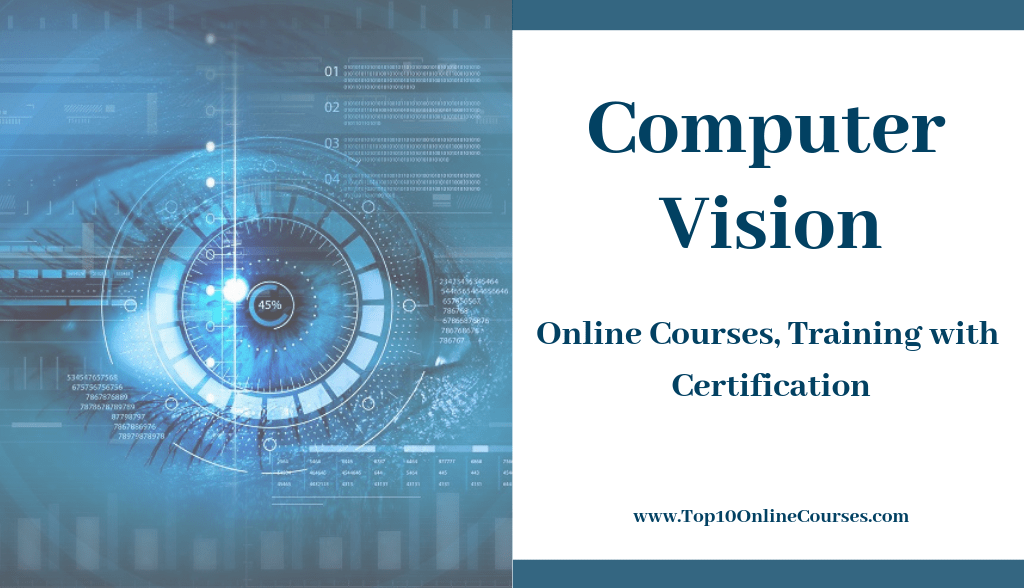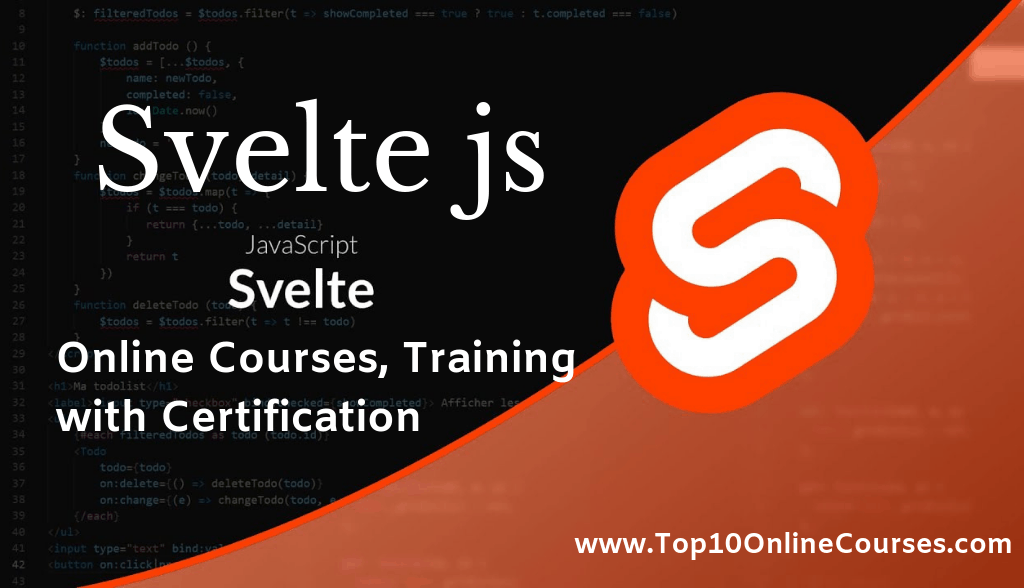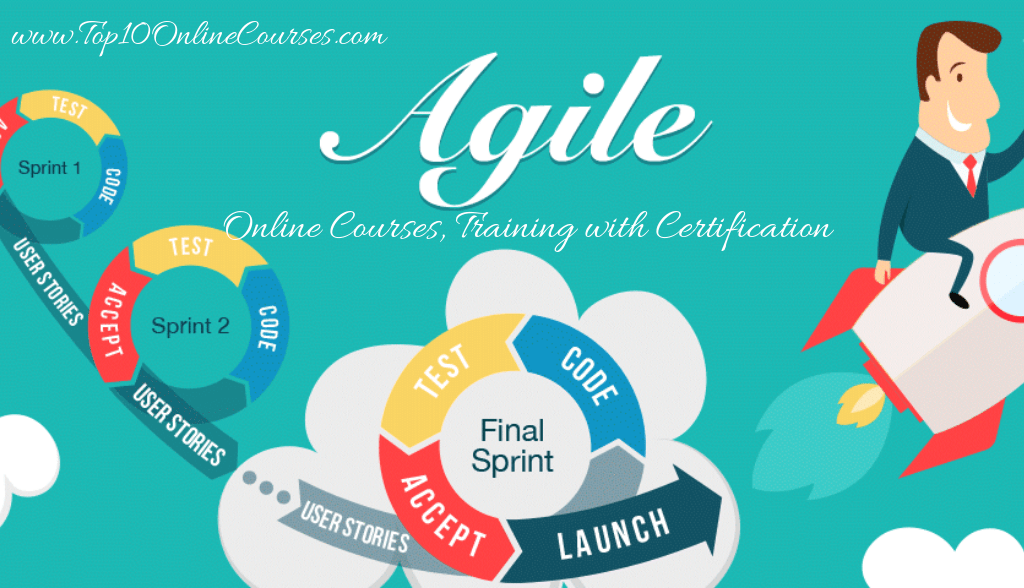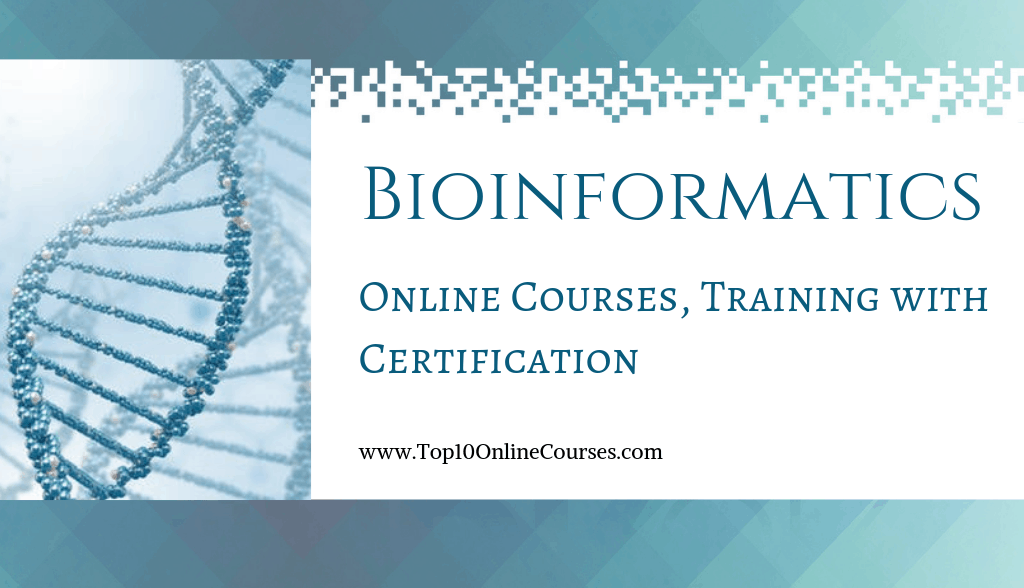
Best Computer Vision Online Courses
Table of Contents
#1 Master Computer Vision™ OpenCV3 in Python & Machine Learning
You will learn:
- The key concepts of Computer Vision & OpenCV.
- To perform image manipulations such as transformations, cropping, blurring, thresholding, edge detection and cropping.
- To segment images by understanding contours, circle, and line detection. You’ll even learn how to approximate contours, do contour filtering and ordering as well as approximations.
- Use feature detection (SIFT, SURF, FAST, BRIEF & ORB) to do object detection.
- Implement Object Detection for faces, people & cars.
- Extract facial landmarks for face analysis, applying filters and face swaps.
- Implement Machine Learning in Computer Vision for handwritten digit recognition.
- Implement Facial Recognition.
- Implement and understand Motion Analysis & Object Tracking.
- Use basic computational photography techniques for Photo Restoration (eliminate marks, lines, creases, and smudges from old damaged photos).
- How to become a true computer vision expert by getting started in Deep Learning
- 12 Cool computer vision startup ideas
#2 Deep Learning and Computer Vision A-Z™: OpenCV, SSD & GANs
That’s because Computer Vision is applied everywhere. From health to retail to entertainment – the list goes on. Computer Vision is already a $18 Billion market and is growing exponentially.
Just think of tumor detection in patient MRI brain scans. How many more lives are saved every day simply because a computer can analyze 10,000x more images than a human?
And what if you find an industry where Computer Vision is not yet applied? Then all the better! That means there’s a business opportunity which you can take advantage of.
So now that raises the question: how do you break into the World of Computer Vision?
Up until now, computer vision has for the most part been a maze. A growing maze.
As the number of codes, libraries and tools in CV grows, it becomes harder and harder to not get lost.
On top of that, not only do you need to know how to use it – you also need to know how it works to maximise the advantage of using Computer Vision.
To this problem we want to bring…
Computer Vision A-Z.
With this brand new course you will not only learn how the most popular computer vision methods work, but you will also learn to apply them in practice!
#3 Deep Learning: Advanced Computer Vision
This is one of the most exciting courses I’ve done and it really shows how fast and how far deep learning has come over the years.
When I first started my deep learning series, I didn’t ever consider that I’d make two courses on convolutional neural networks.
I think what you’ll find is that, this course is so entirely different from the previous one, you will be impressed at just how much material we have to cover.
Let me give you a quick rundown of what this course is all about:
We’re going to bridge the gap between the basic CNN architecture you already know and love, to modern, novel architectures such as VGG, ResNet, and Inception (named after the movie which by the way, is also great!)
We’re going to apply these to images of blood cells, and create a system that is a better medical expert than either you or I. This brings up a fascinating idea: that the doctors of the future are not humans, but robots.
In this course, you’ll see how we can turn a CNN into an object detection system, that not only classifies images but can locate each object in an image and predict its label.
You can imagine that such a task is a basic prerequisite for self-driving vehicles. (It must be able to detect cars, pedestrians, bicycles, traffic lights, etc. in real-time)
We’ll be looking at a state-of-the-art algorithm called SSD which is both faster and more accurate than its predecessors.
Another very popular computer vision task that makes use of CNNs is called neural style transfer.
This is where you take one image called the content image, and another image called the style image, and you combine these to make an entirely new image, that is as if you hired a painter to paint the content of the first image with the style of the other. Unlike a human painter, this can be done in a matter of seconds.
I hope you’re excited to learn about these advanced applications of CNNs, I’ll see you in class!
#4 Hands on Computer Vision with OpenCV & Python
This course is tailor made for an individual who wishes to transition quickly from an absolute beginner to an OpenCV expert in just three weeks. I ensure this by breaking down and articulating the most difficult concepts in plain and simple manner, replacing tough equations by examples and concepts by using small code snippets. This course covers topics using a methodical step-by-step approach with increasing difficulty, starting outright with the very basics and fundamentals.
My approach is simple – Don’t parrot rote code , rather Understand.
I personally guarantee this is the number one course for you. This may not be your first OpenCV course, but trust me – It will definitely be your last.
I assure you, that you will receive fast, friendly, responsive support by email, and on the Udemy.
Don’t believe me? I offer a full money back guarantee, so long as you request it within 30 days of your purchase of the course.
If you’re looking for a genuinely effective course that equips you all the tools, and more importantly the knowhow and behind the scenes magic of OpenCV, then look no further.
Also the course is updated on a regular basis to add more new and exciting content.
Best Computer Vision Books:
#1 Computer Vision: Algorithms and Applications (Texts in Computer Science) 2011th Edition by Richard Szeliski
#2 Multiple View Geometry in Computer Vision 2nd Edition by Richard Hartley (Author), Andrew Zisserman
#3 Computer Vision: Models, Learning, and Inference 1st Edition by Dr Simon J. D. Prince
#4 Programming Computer Vision with Python: Tools and algorithms for analyzing images 1st Edition by Jan Erik Solem
#5 Computer Vision Metrics: Survey, Taxonomy, and Analysis 1st Edition by Scott Krig
#6 Practical Computer Vision: Extract insightful information from images using TensorFlow, Keras, and OpenCV by Abhinav Dadhich






